This article was co-authored by wikiHow staff writer, Ali Garbacz. Our trained team of editors and researchers validate articles for accuracy and comprehensiveness.
wikiHow’s Content Management Team carefully monitors the work from our editorial staff to ensure that each article meets our high quality standards.
This article has been viewed 25,026 times.
Learn more...
“What are you up to?” is something you'll hear almost as often as a regular "Hello," but its meaning can change depending on who’s asking. How can you know what the person really wants to ask when the question sounds the same each time? We’re here to explain the various meanings of “What are you up to?” as well as give you lots of sample responses that’ll fit any situation.
Things You Should Know
- “What are you up to?” can be used as a casual greeting that doesn’t require a very detailed response.
- Ask when you want to know exactly what someone is doing because you’re curious or want to know if they’re busy.
- Coming from someone you haven’t seen in a long time, it’s an invitation for you to talk about big events happening in your life.
- Responses can be standard, but you can also be funny or flirty depending on who the other person is.
Steps
“What Are You Up To?” Meanings
-
1“What are you up to?” is a casual way to greet someone. Surprisingly, you can greet someone with a question. In this case, you’re not really interested in what they’re doing, and are asking more so to tell them that you acknowledge their presence and maybe want to start a conversation.[1]
- When spoken casually, the pronunciation of “What are you up to?” turns more into something like “Whatcha up to?”
-
2"What are you up to?" is the same as asking “What are you doing?” Specifically, the other person is asking you what you’re doing right now at this very moment. If they see you’re doing something interesting, like making a craft, they may ask out of curiosity. They could also ask to find out if you’re busy. For example, someone might ask you “What are you up to?” over text because they want to know if you’re free to hang out.[2]
- This question can be specified to a certain time frame by adding words like “tonight,” “tomorrow,” or “this weekend.” Therefore, if someone asks you “What are you up to tomorrow?” you would tell them any plans you have for tomorrow.
Advertisement -
3The phrase can also mean "What have you been doing recently?" If you haven’t seen someone in a while, they might ask you this question so you two can catch up. In this case, the question will change a bit and most likely be asked as “What are you up to these days?” which means the person wants to know what activities or work you’re currently doing.[3]
- Only ask this question to people you haven’t seen in maybe a month or more. If you just saw a person yesterday, then you already know what they’ve been up to recently. It wouldn’t make sense to ask this kind of question.
- This is slightly different from asking “What have you been up to?” which puts more emphasis on events that started in the past and are continuing up until the present.
- “What are you up to (these days)?” primarily puts the focus on events happening in the ongoing present, with little care as to when exactly they started.
Standard Answers
-
1Answer with a simple “Not much.” This is the answer most everyone expects when they’re simply using “What are you up to?” as a greeting. Even if you are doing something, it’s acceptable to say “Not much.” Or you can give a very brief description of what you’re doing. You then follow up your answer by asking “You?” or “How about you?” Here’s a few sample conversations:[4]
- Them: “Hey, whatcha up to?”
- You: Not much, really. You?”
- Them: “Nothing. Just wanted to say hi.”
- Them: “Yo, whatcha up to?”
- You: “Just doing homework. How about you?”
- Them: “Same.”
-
2Tell them exactly what you’re doing. If they want to know what it is you’re doing at that moment, tell them exactly that. In this case, your answer can be brief or it can be more descriptive. Some potential responses include:[5]
- “Just laying around.”
- “I’m practicing my drawing skills.”
- “I’m reading this new book I got for my birthday.”
- “Watching the newest episode of my favorite show.”
- “I’m trying to figure out how to put this bookshelf together.”
-
3See what the other person wants by asking "Why?" When you suspect someone is asking what you’re up to because they want to know if you’re free, add a simple “Why?” to your response. This will get them to tell you exactly what their plans are. What comes before that depends on if you’re actually busy or not. Some examples include:[6]
- “Not much. Why?”
- “Nothing really. Why? What’s up?”
- “I’m in the middle of cleaning my room. Why?”
- “I’m about to go to the grocery store. Why? Did you want to do something?”
-
4Give them a short summary of big events happening in your life. When you meet with someone for the first time in a while and they ask this question, they’re asking you to tell them about the really big things happening in your life. Pick one or two things you want to talk about to get the conversation started.
- “I quit my old job and am working at a new company now.”
- “I’m planning a trip with my friends.”
- “Not much. Exams are coming up, so I’m studying every day.”
References
- ↑ https://www.youtube.com/watch?v=_zB-sqRbCWE&ab_channel=GoNaturalEnglish
- ↑ https://www.youtube.com/watch?v=4O8GbPwwSzg&ab_channel=LearnEnglishwithBobtheCanadian
- ↑ https://www.youtube.com/watch?v=_zB-sqRbCWE&ab_channel=GoNaturalEnglish
- ↑ https://www.youtube.com/watch?v=_zB-sqRbCWE&ab_channel=GoNaturalEnglish
- ↑ https://www.youtube.com/watch?v=4O8GbPwwSzg&ab_channel=LearnEnglishwithBobtheCanadian
- ↑ https://www.youtube.com/watch?v=_zB-sqRbCWE&ab_channel=GoNaturalEnglish
- ↑ https://mentalstyleproject.com/flirty-responses-to-what-are-you-up-to/
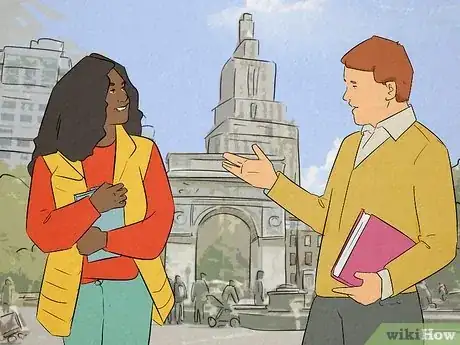

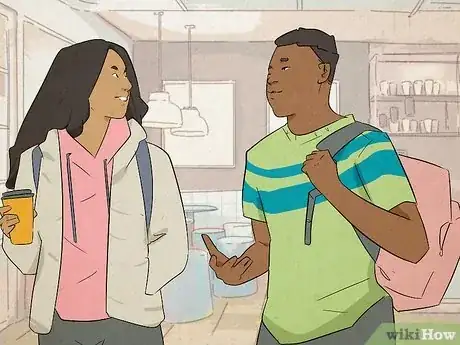
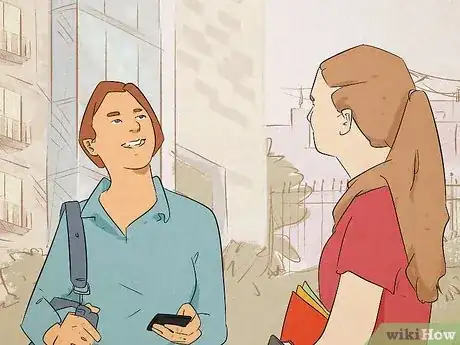







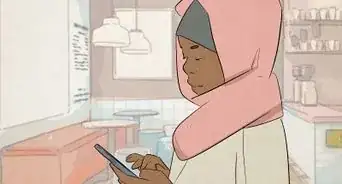



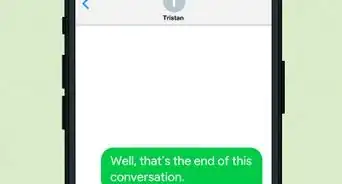
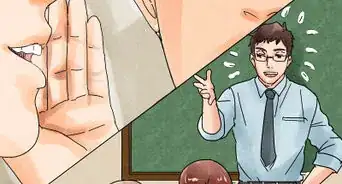

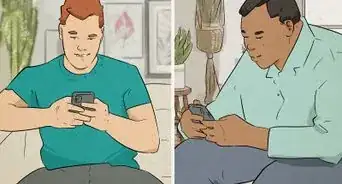


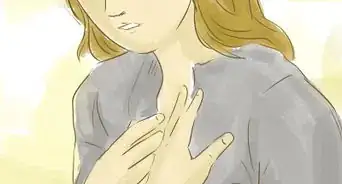














































wikiHow’s Content Management Team carefully monitors the work from our editorial staff to ensure that each article meets our high quality standards. This article has been viewed 25,026 times.